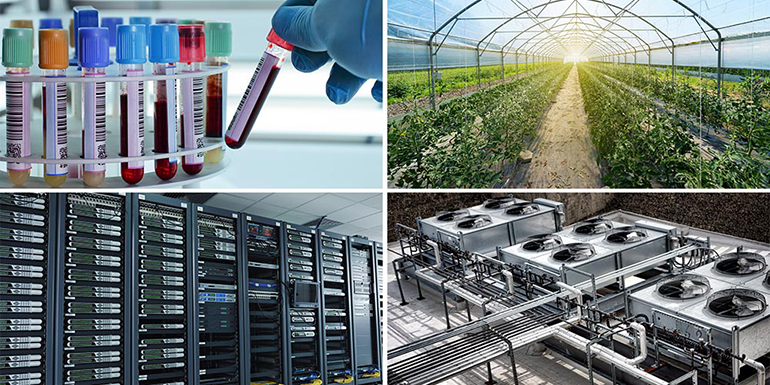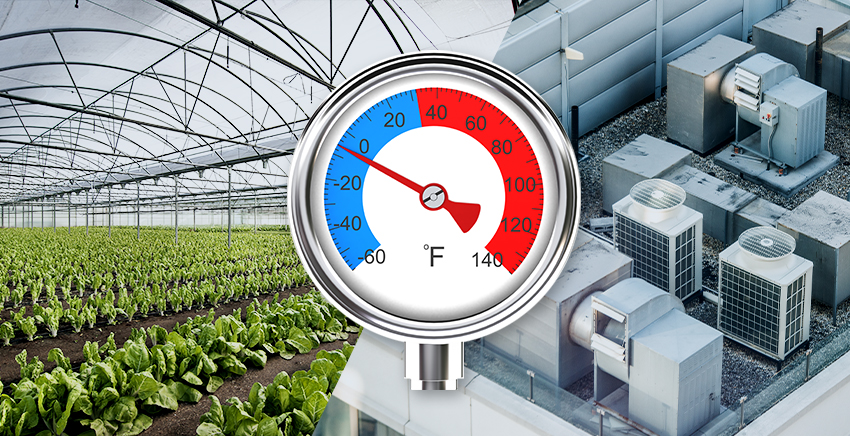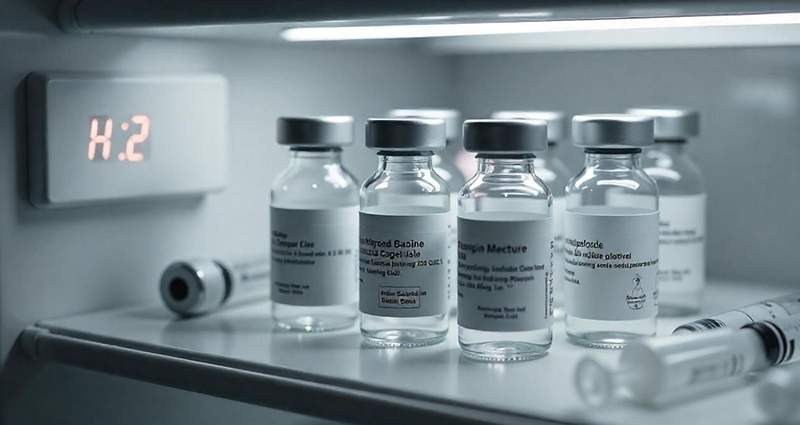
Ensuring optimal temperatures is paramount for many industries, from healthcare to food processing. It can help companies safeguard employees and comply with regulations. A wireless temperature monitoring system offers an efficient and advanced solution.













